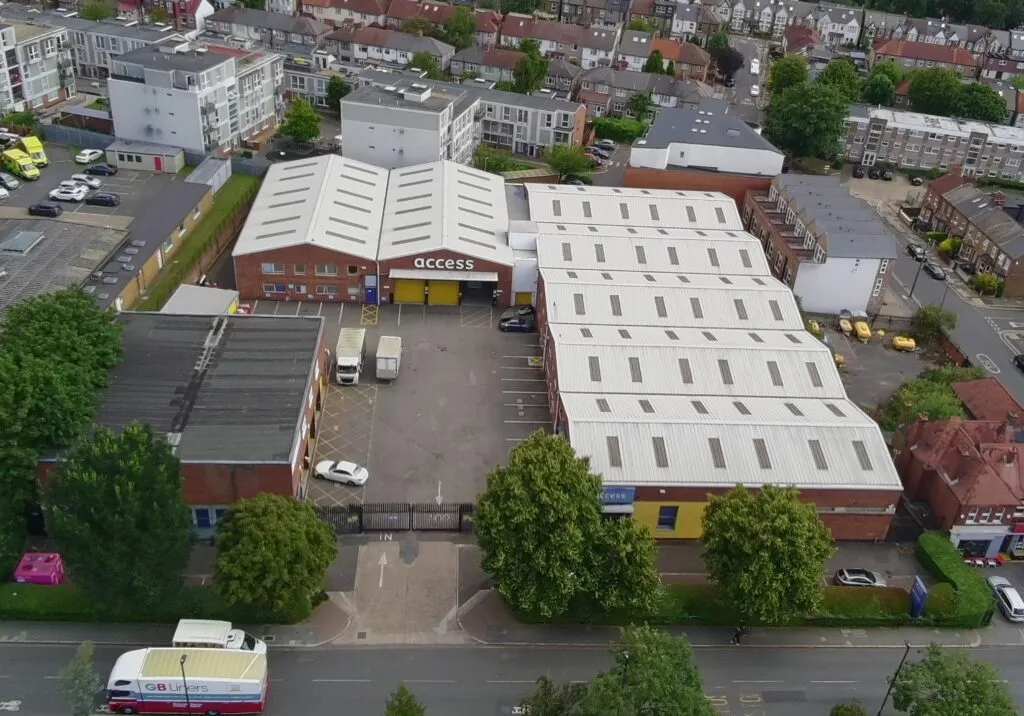Most estate agents assume their biggest competition is another local agency.
But more often than not, the real competition is something far quieter, far trickier to spot, a seller who’s simply not yet ready to move.
They’re thinking about it. They’ve had a valuation. They’ve nodded along. They’ve maybe even said “we’ll be in touch.” And then…Tumbleweed.
No instruction. No decision. Just silence.
You haven’t been beaten by another agent. You’ve been beaten by inertia.
In almost every market, but especially slower ones, this is the group that quietly chips away at your instruction conversion rate. Local homeowners can go cold not because you weren’t good enough, but because they never crossed the line from ‘maybe’ to ‘let’s go.’
So how do you fix it?
Not by pushing harder. Not by hammering them with “any thoughts?” emails. But by making it easier, emotionally and practically for them to take the next step.
Because moving house isn’t just a transaction. It’s a change. And most people don’t love change. They hesitate. They second-guess. They wait for the “perfect moment” that never quite comes.
The best agents don’t just pitch their service. They help sellers move past the psychological roadblocks that keep them stuck.
Here’s what that looks like in practice:
● Clarify the consequences of waiting. Help the seller understand what’s likely to happen if they delay another 3, 6, or 12 months. What might the market do? How will that affect their onward move?
● Reframing the move. For many sellers, the focus is on loss when leaving a home, disrupting routines, and dealing with stress. Help them shift to what they gain: the next chapter, the right space, the outcome they actually want.
● Make the first step feel easy. Some sellers see going on the market as a massive, all-in decision. Instead, break it down. “Let’s just get the photos booked and see how it feels” is often a more appealing step than “let’s list your house today.”
● Stay visible, not pushy. A thoughtful follow-up with relevant insight, “Just sold one two doors down, thought you’d want to know”, keeps the door open without adding pressure.
One agent I coach made a simple change to their follow-up emails: they started acknowledging indecision directly. “I know it’s not always a quick decision, if there’s anything I can help with while you’re weighing it up, just shout.” Their reply rate doubled overnight.
You won’t convert every maybe into a yes. But if you can improve your handling of indecision, even slightly, the difference in your instruction rate over time can be significant.
Because turning hesitation into action is often the difference between a lost lead and your next instruction.
Here’s how agents can win more instructions with ‘street-level advantage’








